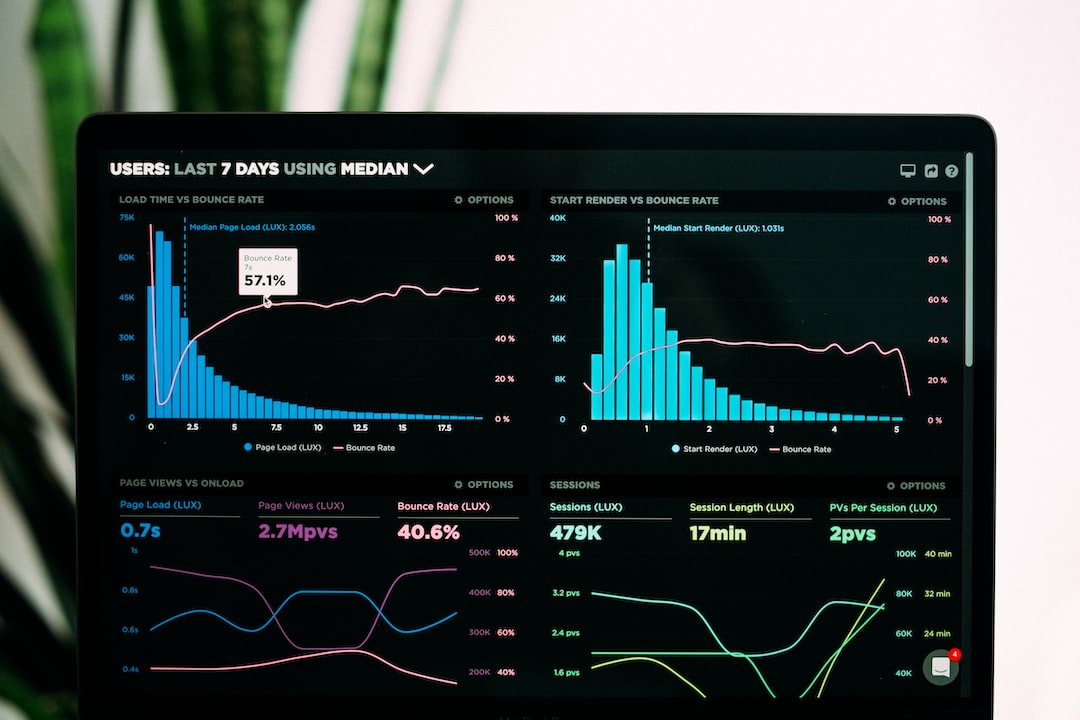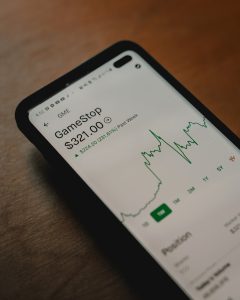Forex charts are an essential tool for traders to analyze the market and make informed trading decisions. However, it is not uncommon to come across gaps in forex charts, where there is a sudden jump in price, leaving a blank space in the chart. These gaps can be confusing and may raise questions about their origin and impact on trading. In this article, we will explore why there is a gap in the forex chart and its implications for traders.
A gap in the forex chart occurs when there is a sudden shift in the price of a currency pair between two trading sessions. In other words, the price at the opening of the next trading session is significantly different from the closing price of the previous session, leaving a blank space in the chart. The reason for this gap can be attributed to several factors, including economic news, geopolitical events, and market sentiment.
Economic News: Economic news is one of the most significant drivers of price movements in the forex market. The release of important economic data, such as GDP, inflation, and unemployment rates, can cause a sudden shift in market sentiment, leading to gaps in the chart. For example, if the GDP data of a country is released, indicating that the economy is growing faster than expected, traders may react by buying the currency, leading to an upward gap in the chart.
Geopolitical Events: Geopolitical events, such as elections, wars, and natural disasters, can also cause gaps in the forex chart. These events can create uncertainty and volatility in the market, leading to sudden price movements. For instance, if a country is hit by a natural disaster, such as an earthquake, traders may react by selling the currency, leading to a downward gap in the chart.
Market Sentiment: Market sentiment refers to the overall attitude of traders towards a particular currency pair. If traders have a positive outlook towards a currency pair, they may buy it, leading to an upward trend in the chart. Conversely, if they have a negative outlook, they may sell it, leading to a downward trend. In some cases, sudden shifts in market sentiment can cause gaps in the chart.
Implications for Traders:
Gaps in the forex chart can have significant implications for traders. Firstly, they indicate a sudden shift in market sentiment, which can be a signal for future price movements. For instance, if there is an upward gap in the chart, it may suggest that traders are bullish on the currency pair, and there may be further price appreciation in the future.
Secondly, gaps in the chart can create trading opportunities for traders. If a trader can correctly predict the direction of the gap, they can enter a trade and profit from the price movement. For instance, if there is a downward gap in the chart due to a negative economic report, a trader may sell the currency pair and profit from the downward trend.
However, gaps in the chart can also be misleading and create false signals for traders. For example, if the gap is due to a temporary event, such as a natural disaster or a sudden news report, it may not be a reliable indicator of future price movements. Traders must be careful when interpreting gaps in the chart and consider other factors, such as technical analysis, to confirm their trading decisions.
In conclusion, gaps in the forex chart are a common occurrence in the market and can be attributed to various factors, including economic news, geopolitical events, and market sentiment. While they can create trading opportunities and provide signals for future price movements, traders must be cautious when interpreting them and consider other factors before entering a trade. By understanding the causes and implications of gaps in the chart, traders can make informed trading decisions and mitigate their risks.






